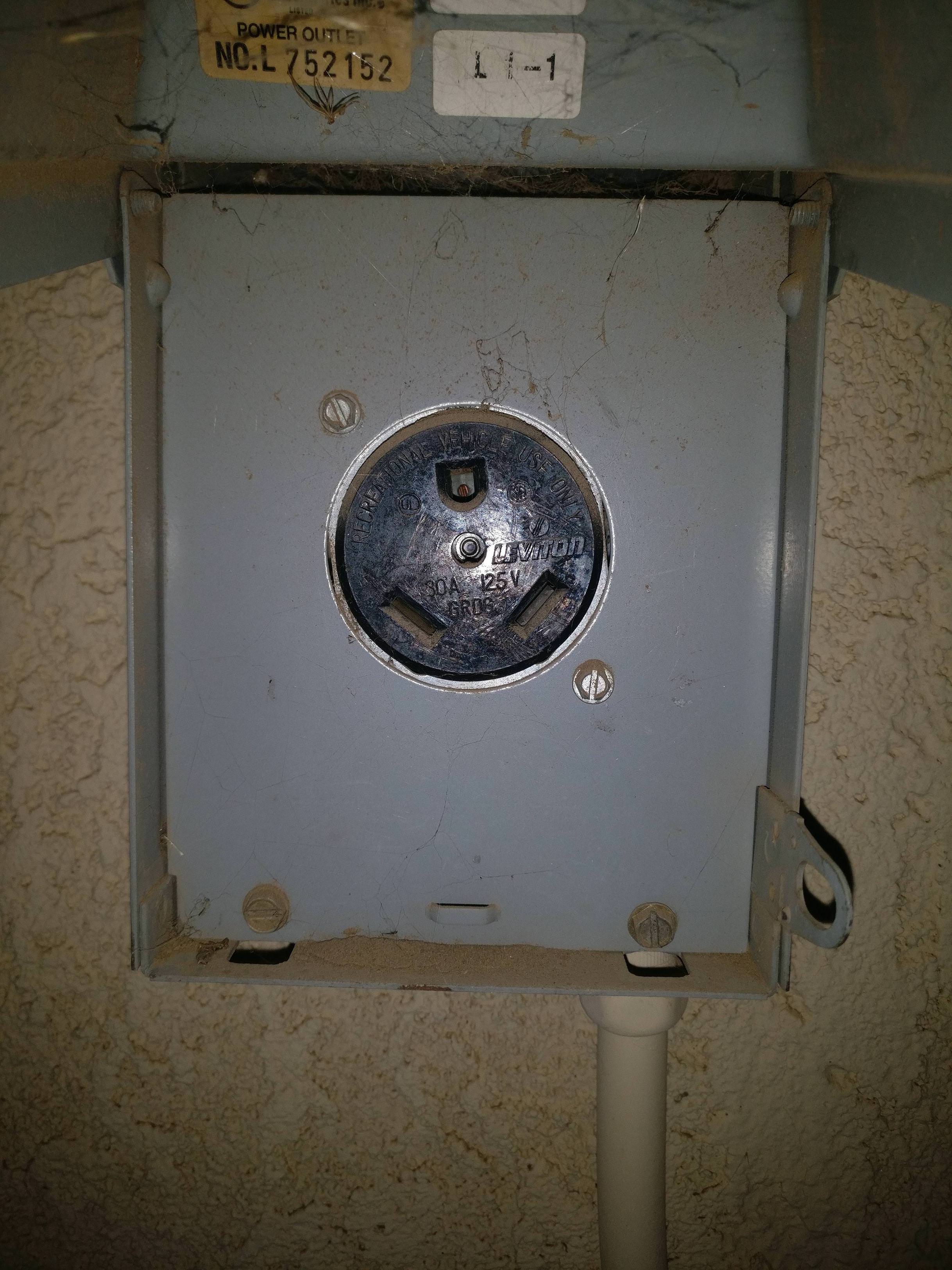Hey everyone new to the forum here.
Just picked up a 2018 i3 REx yesterday and I have a small question, I have a 30A 125V socket on the side of the house, I'm guessing the previous owner had an RV.
I was just wondering if it was OK to use this socket with an adapter to charge my i3 faster than a normal wall charge.
Also any suggestions on what kind of adapter to get?
Here's a picture:

Thanks
Just picked up a 2018 i3 REx yesterday and I have a small question, I have a 30A 125V socket on the side of the house, I'm guessing the previous owner had an RV.
I was just wondering if it was OK to use this socket with an adapter to charge my i3 faster than a normal wall charge.
Also any suggestions on what kind of adapter to get?
Here's a picture:

Thanks
